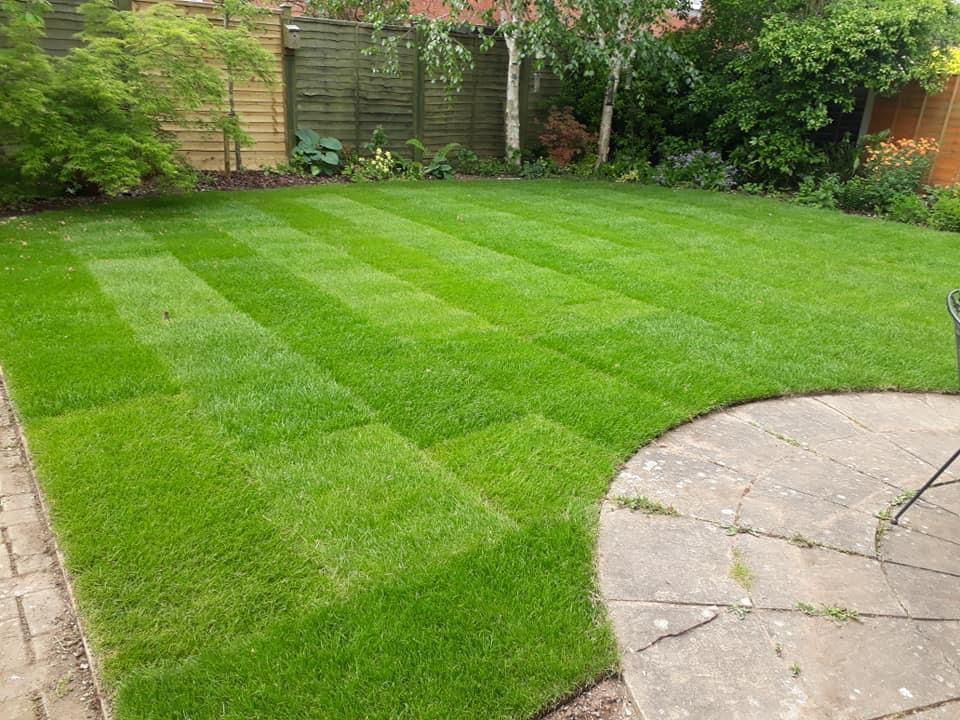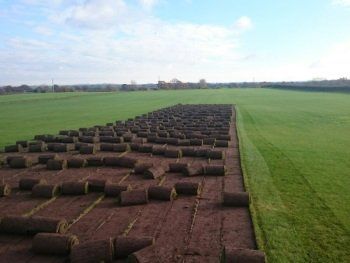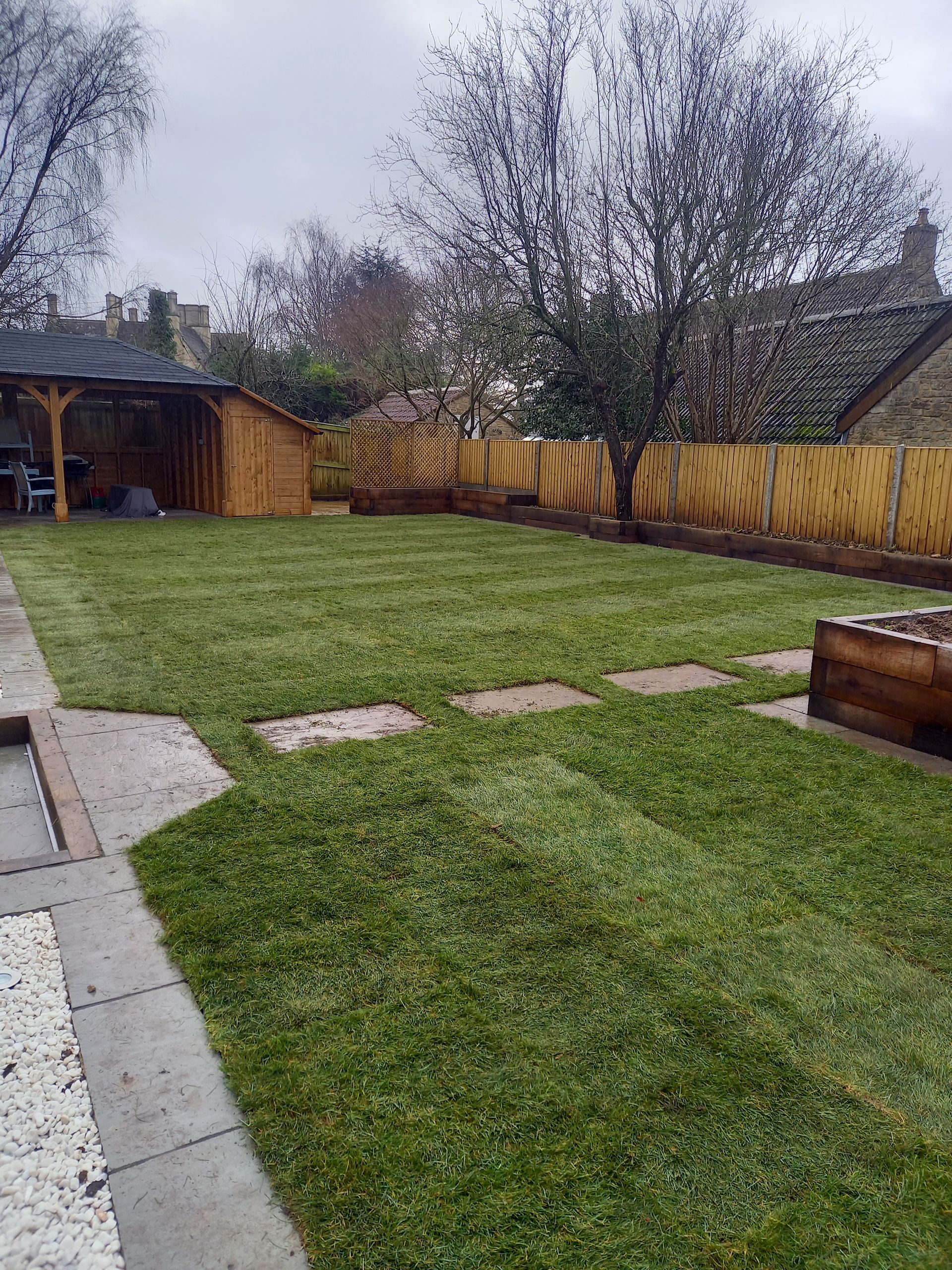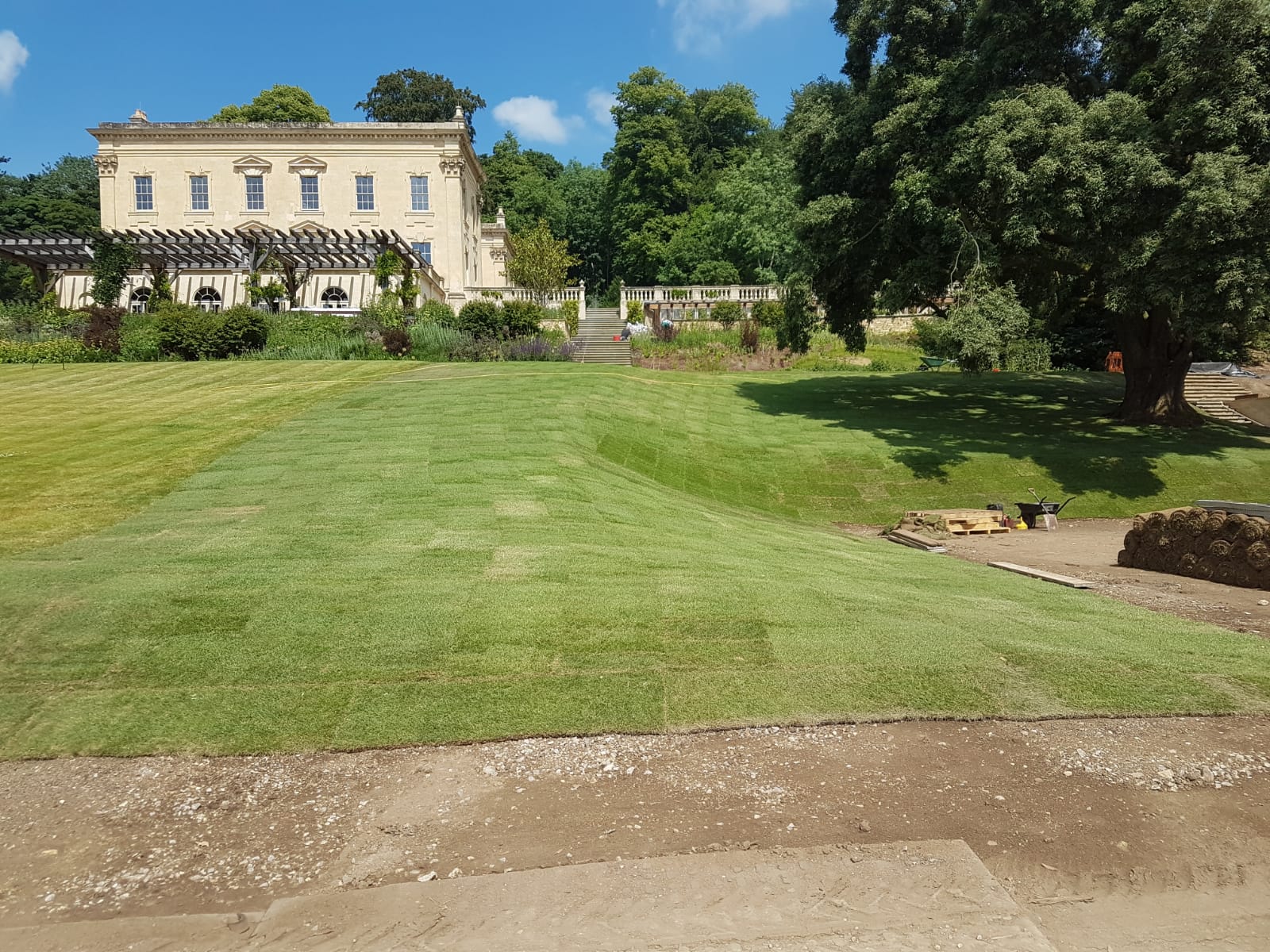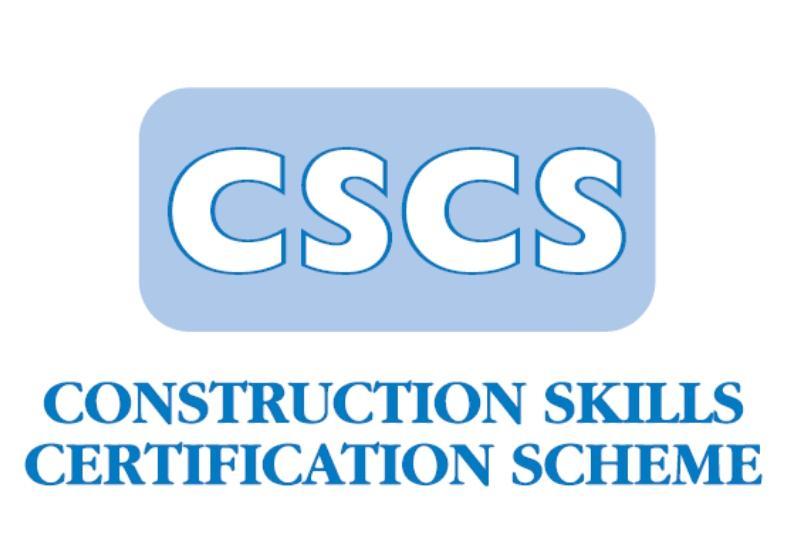By Buckley Turf Contractors
•
January 10, 2025
Some turf growers use plastic mesh in their turf production. Why? Well, this is purely for them so that they can harvest the turf earlier and quicker. In order to harvest turf a strong root system is needed to hold the soil structure together so the turf can be cut and rolled up. This takes between 12/18 months. Laying plastic mesh on the turf fields during sowing helps some growers harvest the turf in 6 months saving on maintenance etc. This is then unknowingly bought by yourselves and transplanted to your garden. Once laid you will end up with the area just below your lawn covered with plastic mesh that we have found does not easily degrade leaving micro plastics in your lawn. Not very environmentally friendly I’m sure you agree! PLEASE NOTE WE DO NOT USE PLASTIC MESH IN OUR TURF! If you’re uncertain on the type of turf you need and would prefer to talk to a turf expert then call us on 01454 228877 today! Plastic mesh in turf production is a controversial practice that has gained attention due to its environmental impact and long-term effects on lawn maintenance. Here's an expanded look at this issue: Why Plastic Mesh is Used in Laying New Lawns Turf growers use plastic mesh primarily to accelerate their production process. Faster harvesting: The mesh allows growers to harvest turf in about 6 months, compared to the typical 12-18 months required for natural root development. Improved structural integrity: The mesh holds the soil and grass together, making it easier to cut and roll the turf. Cost reduction: Quicker production cycles mean reduced maintenance costs for growers. Environmental Concerns The use of plastic mesh in turf raises several environmental issues including: Microplastic pollution: As the mesh degrades, it releases microplastics into the soil and potentially into water systems too. Wildlife hazards: The netting, when exposed to air, can entangle or harm birds or mammals and to burrowing animals if still under the lawn. Non-biodegradable waste: The plastic mesh is often labeled as "degradable," but this doesn't mean it's biodegradable. It simply breaks down into smaller plastic pieces. Impact on Lawn Maintenance Plastic mesh in turf can create long-term problems for homeowners: Mowing difficulties: The mesh can get caught in lawnmowers, causing damage to equipment2. Scarification issues: The process of removing thatch becomes more challenging with embedded mesh. Planting obstacles: Adding bulbs or other plants to the lawn becomes more difficult. Future landscaping complications: If lawn edges are changed, the mesh can end up in borders or other garden areas. Disposal Problems When it's time to remove or replace the turf: Composting issues: Turf with plastic mesh cannot be composted or disposed of as green waste. Landfill contribution: The non-biodegradable mesh often ends up in landfills. Alternatives and Solutions To avoid these issues you’ll need to choose a mesh-free turf supplier (such as us) who explicitly states they don’t use plastic mesh to hold their turf together. Opt for seeding: Starting a lawn using grass seed avoids the plastic mesh problem completely however it is much slower than replacing with fresh turf. Ask suppliers: Always inquire about the use of plastic mesh before purchasing any rolls of turf and take a look when it is delivered to ensure any promises of mesh-free are adhered to. By being aware of this issue and making informed choices, homeowners can contribute to more environmentally friendly landscaping practices and avoid long-term lawn maintenance problems. Give us a call on 01454 228877 or contact us for more information today.




